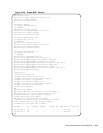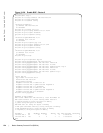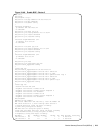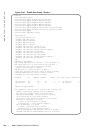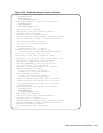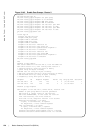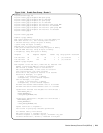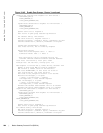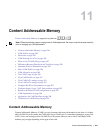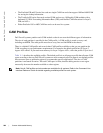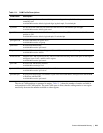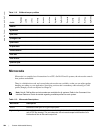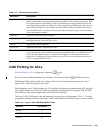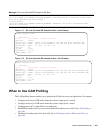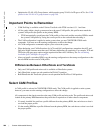
Content Addressable Memory | 281
11
Content Addressable Memory
Content Addressable Memory is supported on platforms c e
t
s
• Content Addressable Memory on page 281
• CAM Profiles on page 282
• Microcode on page 284
• CAM Profiling for ACLs on page 285
• When to Use CAM Profiling on page 287
• Differences Between EtherScale and TeraScale on page 288
• Important Points to Remember on page 288
• Select CAM Profiles on page 288
• CAM Allocation on page 289
• Test CAM Usage on page 290
• View CAM Profiles on page 291
• View CAM-ACL settings on page 291
• View CAM-ACL settings on page 291
• Configure IPv4Flow Sub-partitions on page 293
• Configure Ingress Layer 2 ACL Sub-partitions on page 295
• Return to the Default CAM Configuration on page 297
• CAM Optimization on page 298
• Applications for CAM Profiling on page 298
• Troubleshoot CAM Profiling on page 299
Content Addressable Memory
Content Addressable Memory (CAM) is a type of memory that stores information in the form of a lookup
table. On Dell Force10 systems, the CAM stores Layer 2 and Layer 3 forwarding information, access-lists
(ACL), flows, and routing policies. On Dell Force10 systems, there are one or two CAM (Dual-CAM)
modules per port-pipe depending on the type of line card.
Note: Different platforms support varying levels of CAM adjustment. Be sure to read this chapter carefully
prior to changing any CAM parameters.



